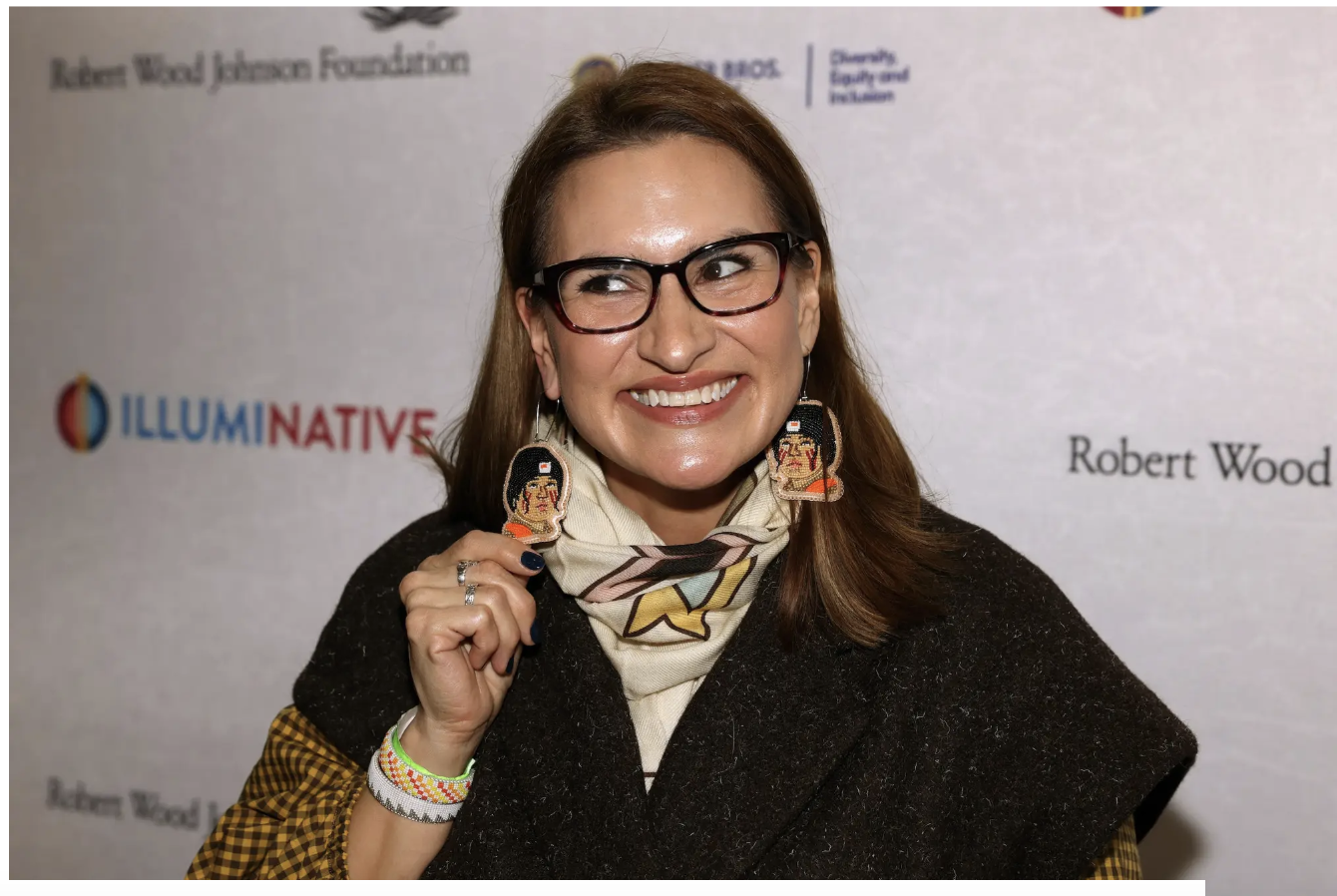Good: let's make Minnesota a reservation for all the nation’s whack jobs, the better to keep a watchful eye on them
/They need a place where they can rest and recuperate and feel safe; California’s burning, Oregpn’s too wet, so why not sunny Minnesota?
land thief
Tim Walz Could End Up Facing Off Against An Even More Radical Version Of Himself In Senate Race
Gizhiiwewidamoonkwe Flanagan declares for Senate — hooray!
In her announcement, Flanagan touted her Native American ancestry, writing, “in Ojibwe, my name means ‘speaks in a loud and clear voice woman.'” Flanagan similarly shared her Native American name while speaking at the Democratic National Convention in 2024.
“My name in the Ojibwe language is Gizhiiwewidamoonkwe, or in English, ‘speaks with a clear and loud voice woman,’” she told the audience in August. “I’m a member of the White Earth Nation and my family is the Wolf Clan.”
In July 2020, Flanagan claimed that Minnesota’s government was “created” to “eliminate” indigenous people.
“When I walk in the door of the state capitol, I take two breaths … the second breath is a breath of protection, because I know that I am walking into a building that was not created by us, for us or with us. But in too many instances, [it] was created to eliminate, erase and silence us. And by ‘us,’ I mean people of color and indigenous folks,” Flanagan said in 2020.
“At the center of all her work is making progress for children, working families, communities of color and indigenous communities, and Minnesotans who have historically been underserved and underrepresented,” according to Flanagan’s website.
Fun Fact: The lady is living on land stolen from the Sioux by her ancestors.
Miss Red Cheek’s Ojibwe ancestors were pushed into Minnesota from the east in the late 1600s-early 1700s and in turn shoved the Sioux out onto the Great Plains in the mid-1700s, where they frolicked among the buffalo for all of 100 years before the Battle of Little Big Horn signaled the end of their stay (yes, they “won” that battle, but it was a pyrrhic victory, marking the apex of their stay on the plains, and they’d be rounded up and permanently removed within 10 years)
Search Labs | AI Overview (Answering the question, “when did the Sioux move onto the Great Plains?”
The Sioux began migrating westward onto the Great Plains in the mid-17th century, primarily pushed by the Ojibwe tribe who were moving into their territory in Minnesota, and attracted by the abundant bison herds of the plains and the spread of horses from the south; by the early 18th century, they were established as a major presence on the Northern Plains.
Key points about the Sioux migration:
Pressure from other tribes:
The primary force driving the Sioux westward was pressure from the Ojibwe (also known as the Chippewa) who were expanding from the Great Lakes region.
Horse culture:
The arrival of horses from the south significantly facilitated the Sioux's movement onto the plains, allowing them to hunt bison more effectively.
Region of settlement:
The Sioux primarily settled in the northern Great Plains, encompassing present-day North and South Dakota, Montana, and Nebraska.

